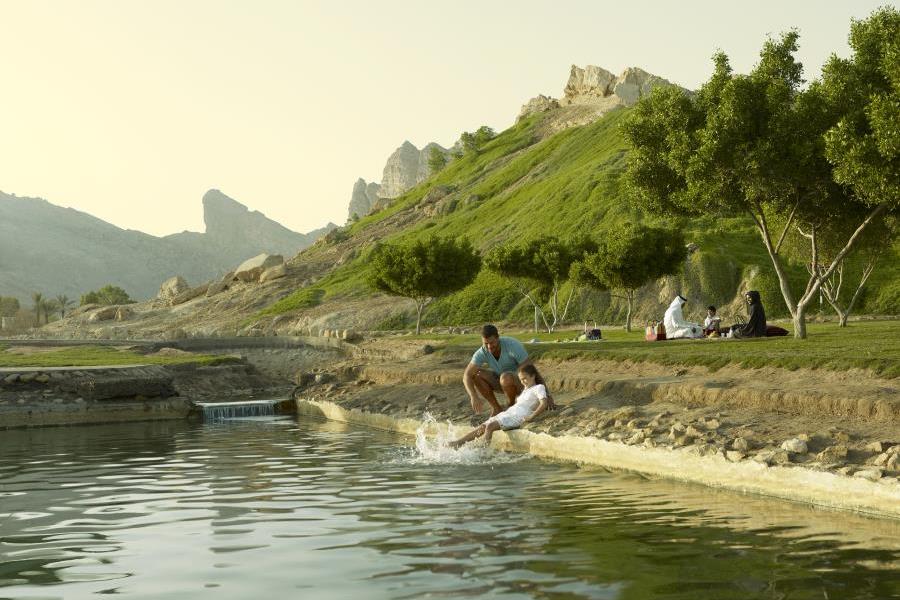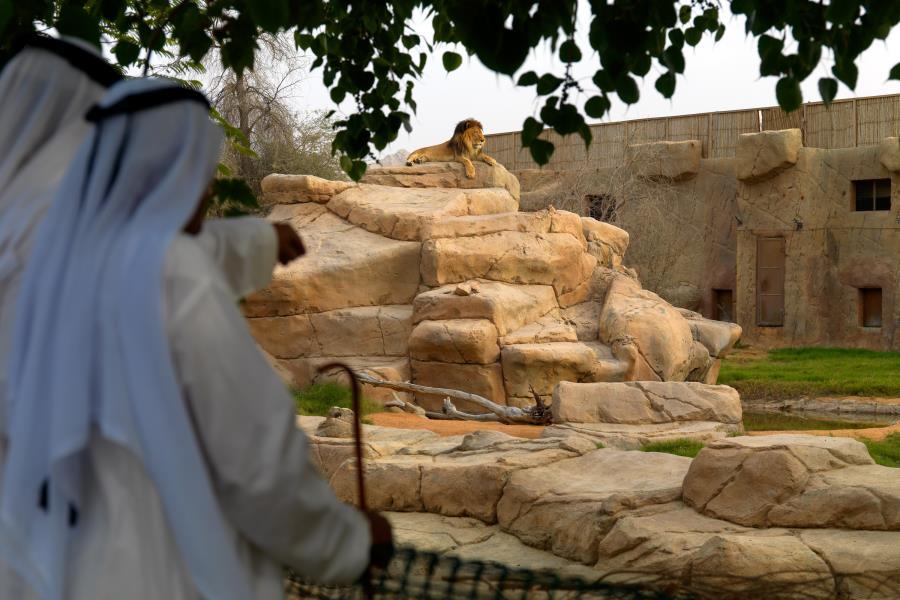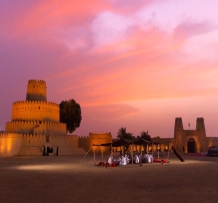Al Ain City - General Information
The Federation to be known as the United Arab Emirates (UAE) was formally established on 2 December 1971. The member emirates include Abu Dhabi, Dubai, Sharjah, Umm al-Qaiwain, Fujairah, Ajman and Ras al-Khaimah.
The prosperity, harmony and modern development that characterizes the United Arab Emirates, led today by President H.H. Sheikh Khalifa bin Zayed Al Nahyan, also the Ruler of the Emirate of Abu Dhabi, and his fellow-members of the Supreme Council of Rulers of the seven emirates, is due to a very great extent to the role played by the late Sheikh Zayed, both prior to the formation of the Federation and in the nearly 33 years that followed until his death in November 2004.
The city of Al Ain is an ancient city, central to the cultural heritage of the UAE and the birthplace of the President H.H. Sheikh Khalifa Bin Zayed Al Nahyan. It remains close to the heart of the royal family and the people of UAE. For more than 5,000 years, it has been a welcome and a cool retreat from the surrounding desert and coastal Emirates. Known as the “Garden City of the Gulf”, it is built around nurturing oases irrigated by ancient falaj water systems.
It is the second largest city in the Emirate of Abu Dhabi and the fourth largest city in the UAE and is located approximately 150 km inland from the capital Abu Dhabi and the tourist city of Dubai. Al Ain has the country's highest number of Emirati nationals and is developing as a tourist destination with the dry desert air making it a welcome retreat from the coastal humidity of the larger cities.
Mother Nature has been generous to the land-locked mountainous city. Its attractions include Jebel Hafeet, a 1,340 meter-high mountain, which dominates the surrounding area. It is popular to visit the mineral springs at its base and to drive to the mountaintop at sunset. Other places of interest include the Al Ain Oasis in the city center, and other oases dotted around the area, offering cool retreats in the middle of the summer heat, Al Jahili Fort, the Camel Market, many well-maintained parks, a heritage village, the Al Ain National Museum, the Al Ain Palace Museum, several restored forts and the Hili Archaeological Park site dating back to the Bronze Age.
Three years ago, the city of Al Ain joined the prestigious list of UNESCO World Heritage Sites for its rich cultural heritage with the likes of the dome-shaped tombs of Hafeet, the man-made water system of Falaj, and the city’s lush oases.
A cultural retreat, Al Ain also hosts annual events including the Al Ain Classical Music Festival. The city is a popular tourist destination with first class hotels, a golf resort, shopping malls, restaurants, a wild-life park, a water-adventure park and the recently opened Hazza Bin Zayed football stadium.
‘Plan Al Ain 2030’, the Urban Structure Framework Plan designed by Abu Dhabi Urban Planning, will help Al Ain evaluate and respond to current and future development needs and will guide further planning for new development. It is projected that the city will grow over the next 16 years and planning is in place to accommodate population growth without over-development, depletion of ground water resources, or encroachment on natural habitats or heritage sites. This is essential to preserve the city’s natural assets, which give Al Ain its unique character.





